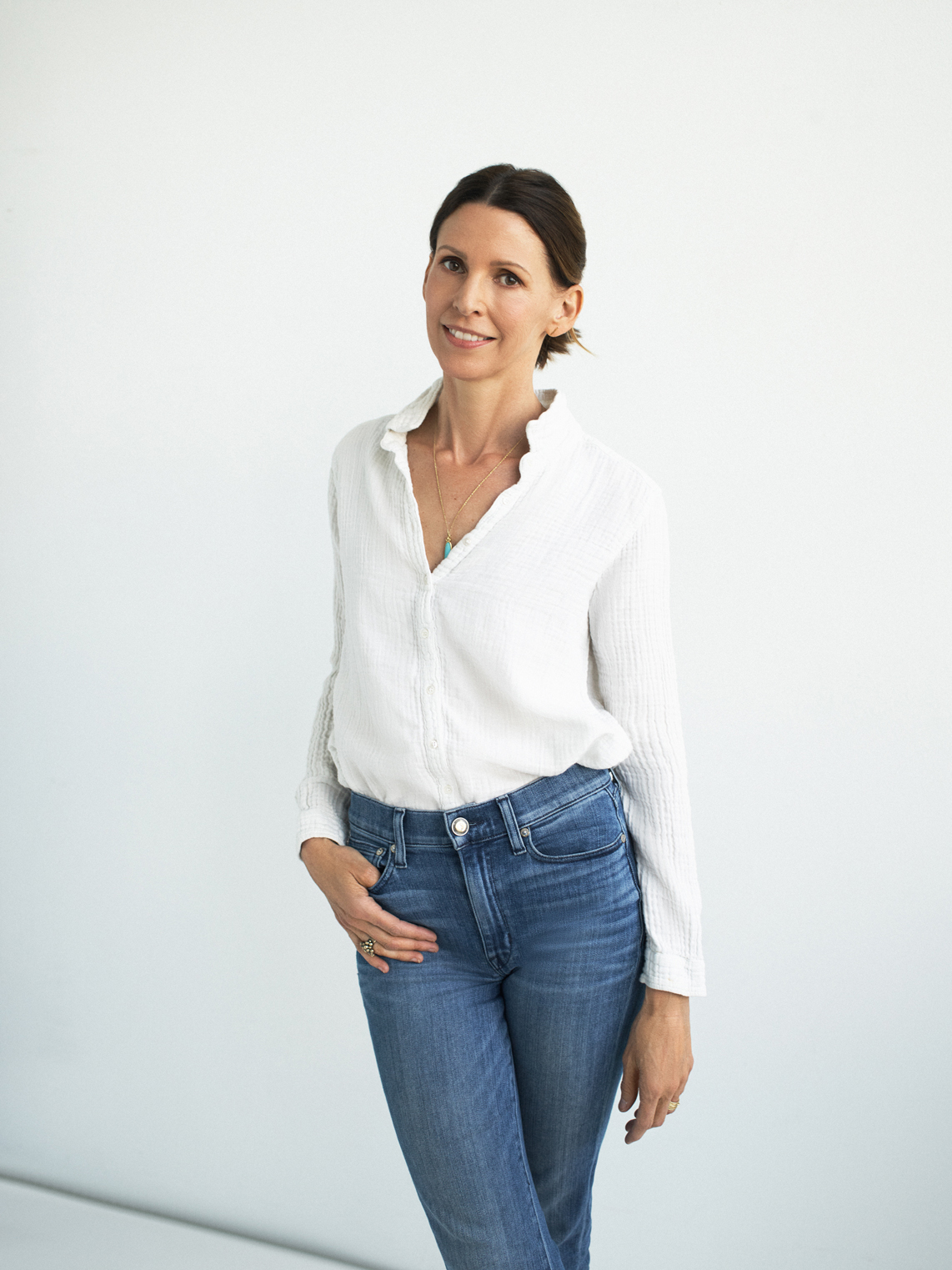
Woman Made: Lindsey Adelman
History, poetry, architecture and modernism inform Lindsey Adelman’s sculptural designs. She tells us about her work, the importance of being nice, and the perils of generalization
One day, while working at the Smithsonian, Lindsey Adelman caught sight of an artisan carving a lifelike french fry out of Styrofoam, for an installation at the National Museum of American History. This unusual skill set impressed Adelman, a recent literature graduate working as an editorial assistant on the Smithsonian’s catalogues. Within days she applied to the Rhode Island School of Design. Now, she is one of America’s leading lighting designers.
Wedded to a hands-on approach, Adelman still tests designs using full-scale models in her workshop, and has established long-term collaborations with other artisans, including glassblowers and blacksmiths. The designer says she is drawn to the immaterial quality of light and its ability to affect the mood of a space, which she augments using a textured material palette, often combining glass with materials such as metal and rope. Her focus is on large-scale, sculptural works like her oil-rubbed bronze and white glass Branching Bubble Chandelier. The light’s organic form provides an interesting contrast to its industrial materials, a signature of Adelman’s work.
Having once helped catalogue exhibition displays, her work now features in them; Adelman’s pieces have been shown at the Cooper Hewitt, Smithsonian Design Museum in New York and Nilufar Gallery in Milan. She is also one of the female designers featured in the new Phaidon book, Woman Made: Great Women Designers. In this interview she discusses her life, work, Paradise and the importance of being nice to everyone.

Can you describe or characterize what you do?
This is probably better answered by someone else about my work, as it's hard to see! I know my interests in lighting come from a love of sculpture and installation.
What was the design of yours that was the hardest but ultimately the most satisfying to create?
They are all so challenging! The most satisfying one is always the one that still is full of potential in my head and not realized yet. The Paradise installation we just presented in Milan was very satisfying. I am especially encouraged by the strong reception of the ceramic symbols I created to adorn the walls. They were a lot of work for my team to hand craft for sure. The reward of a strong connection with our audience was deep indeed.
What is the one piece of design you think has made the world a better place?
Water purifying devices for clean drinking water in the developing world.
What is the one piece of design you could not live without?
All the designs that allow you to listen to music literally anywhere and everywhere.
Are there aspects of the design process that women are better suited to? Generalization is tricky territory.
As a female designer, do you have to work harder for certain commissions, or turn down certain requests, in order to avoid gender bias?
Luckily, I have never felt that personally.
What is the one thing that still hasn’t been designed correctly for a woman?
I don't think I’ve come across anything yet.
If you had to rework one famous piece of male design, what would it be, and what would you do to it?
Oh, I would not like to rework a design! - I like coming up with new designs too much!
If you could collaborate with one designer in the book, who would you choose?
Bec Brittain.
What advice do you give young women designers?
For all young designers I offer two bits of advice: Understand how to set your wholesale pricing and be nice to everyone.